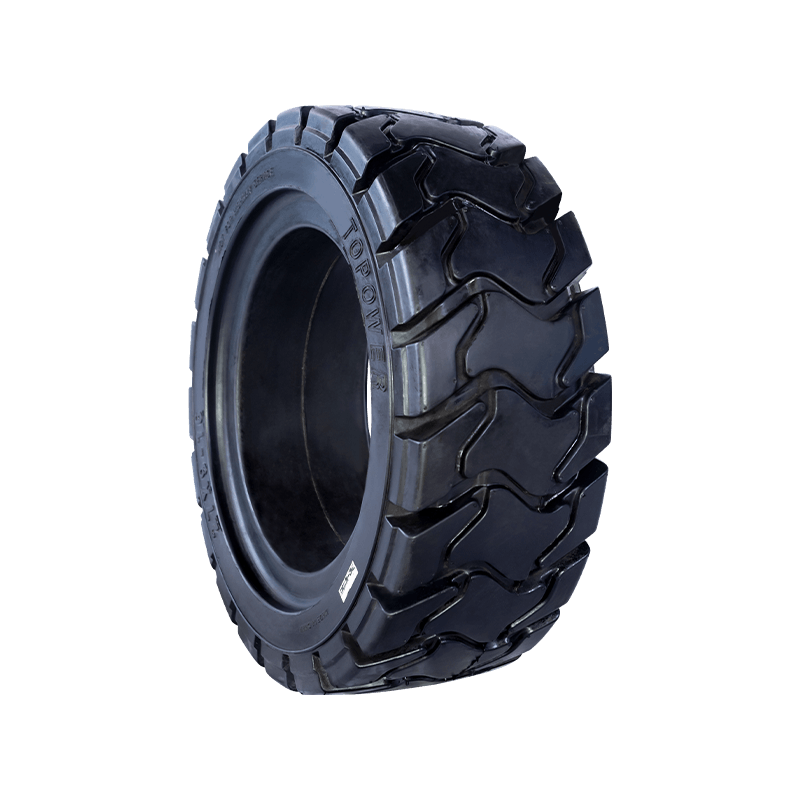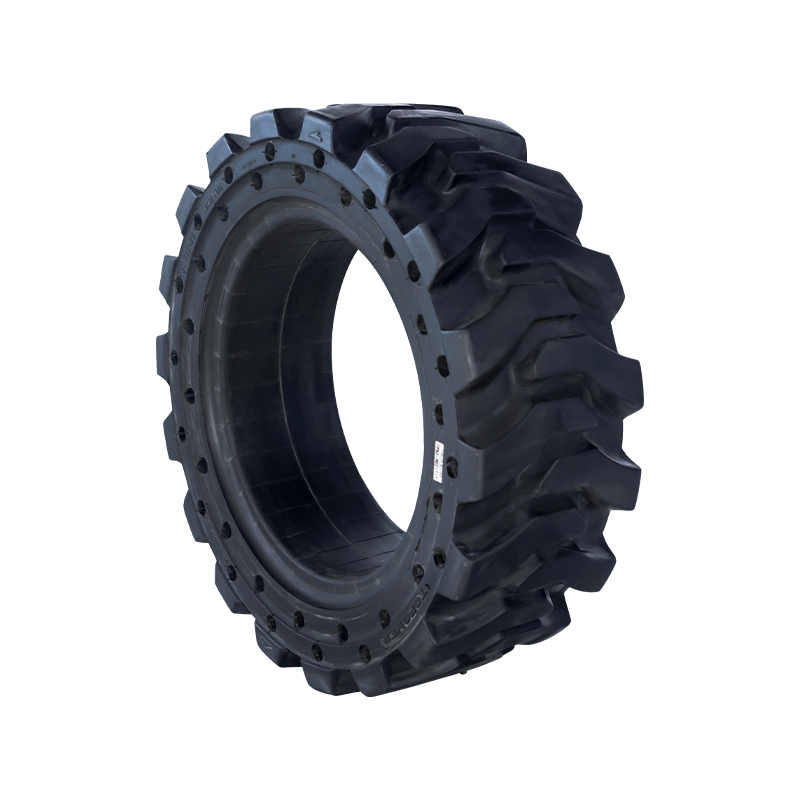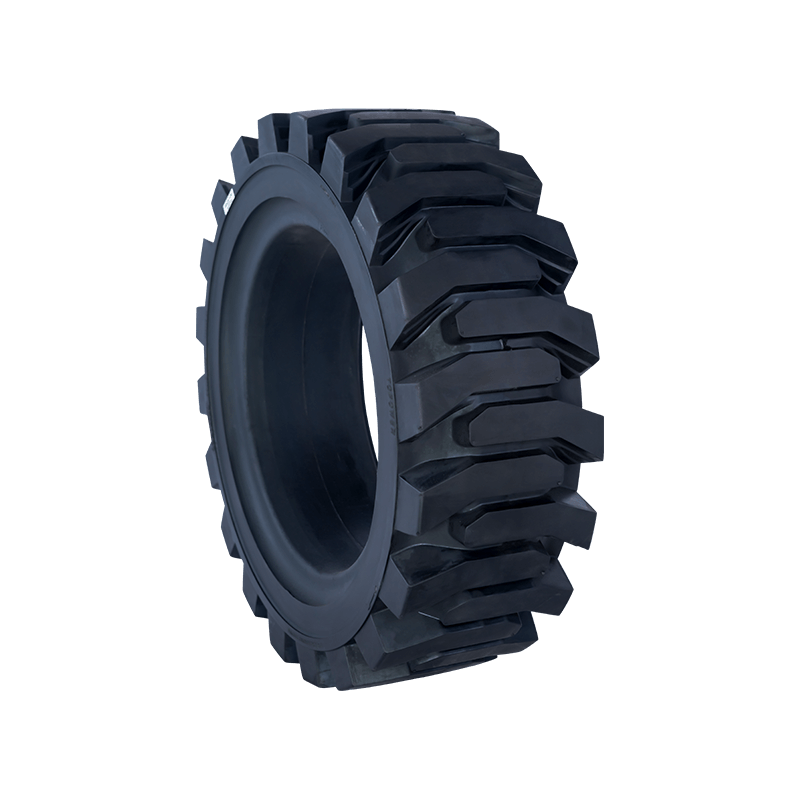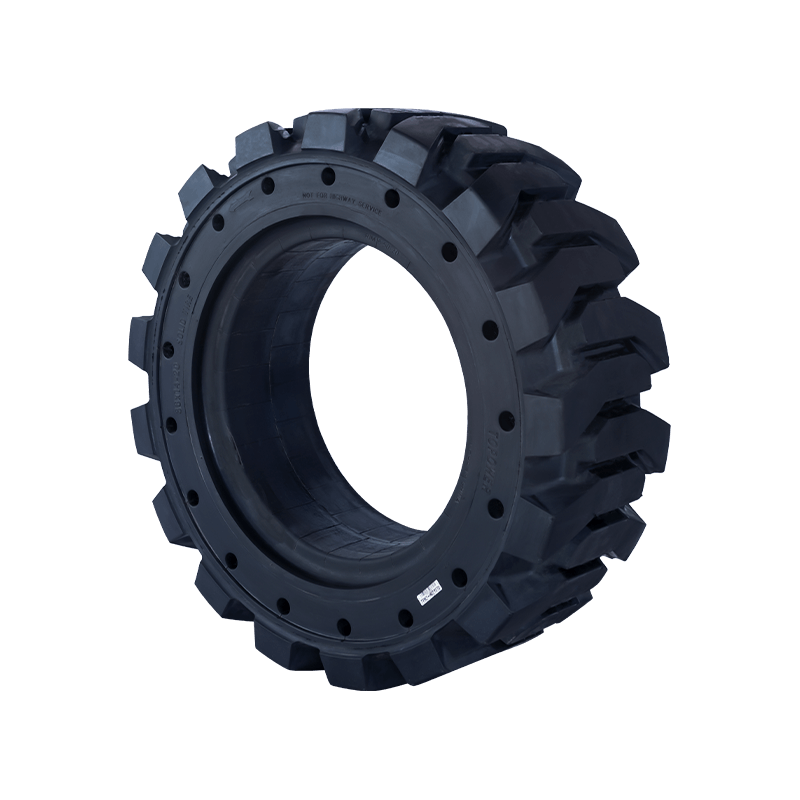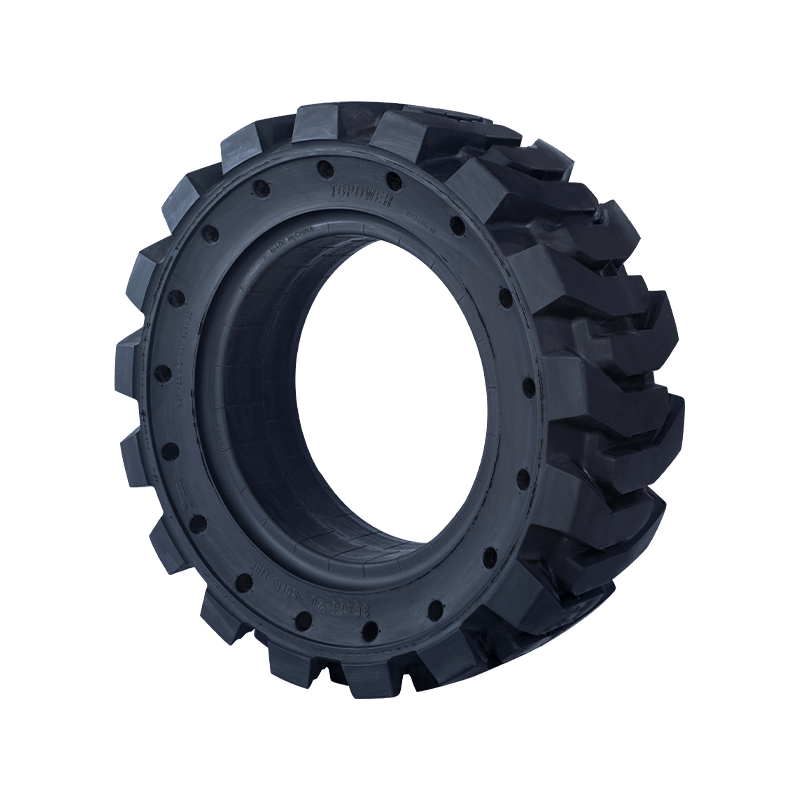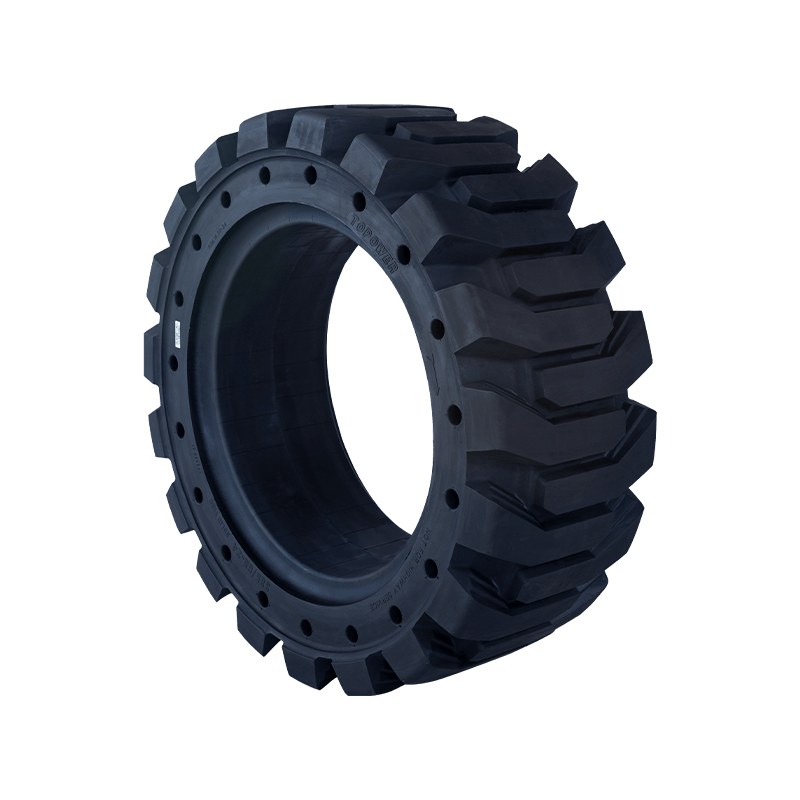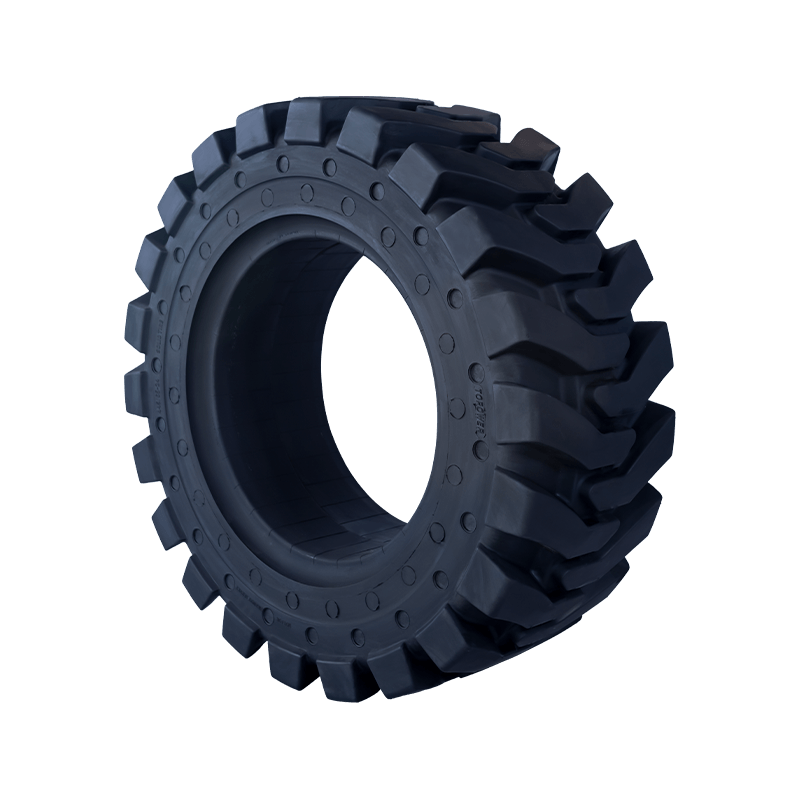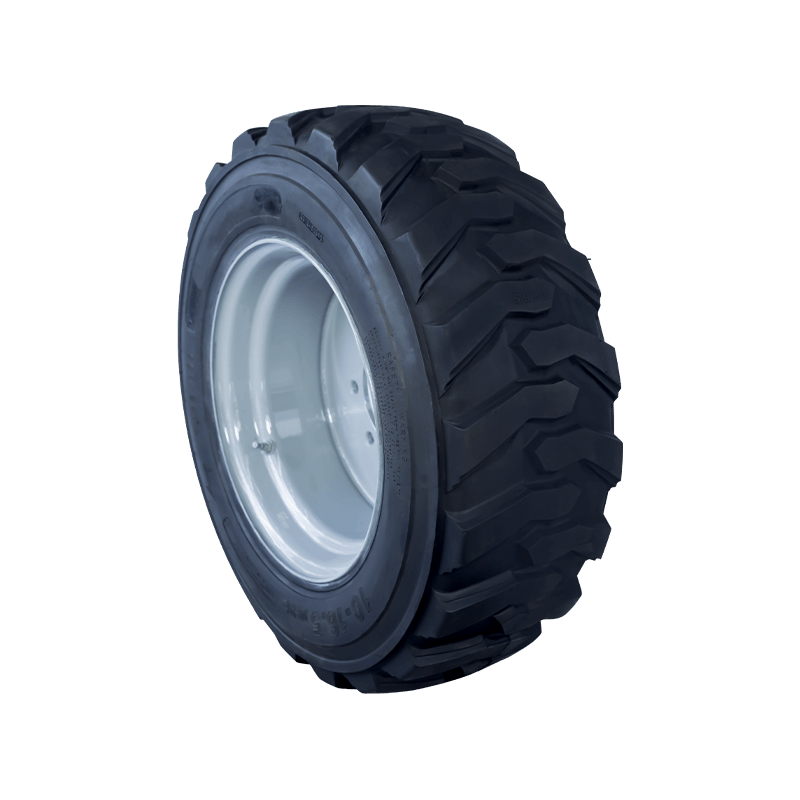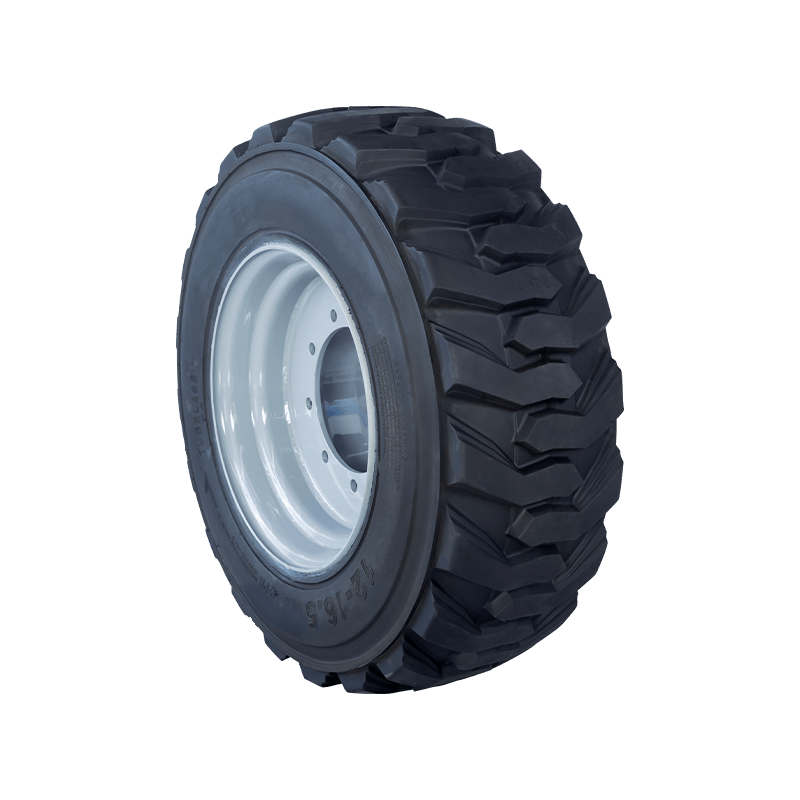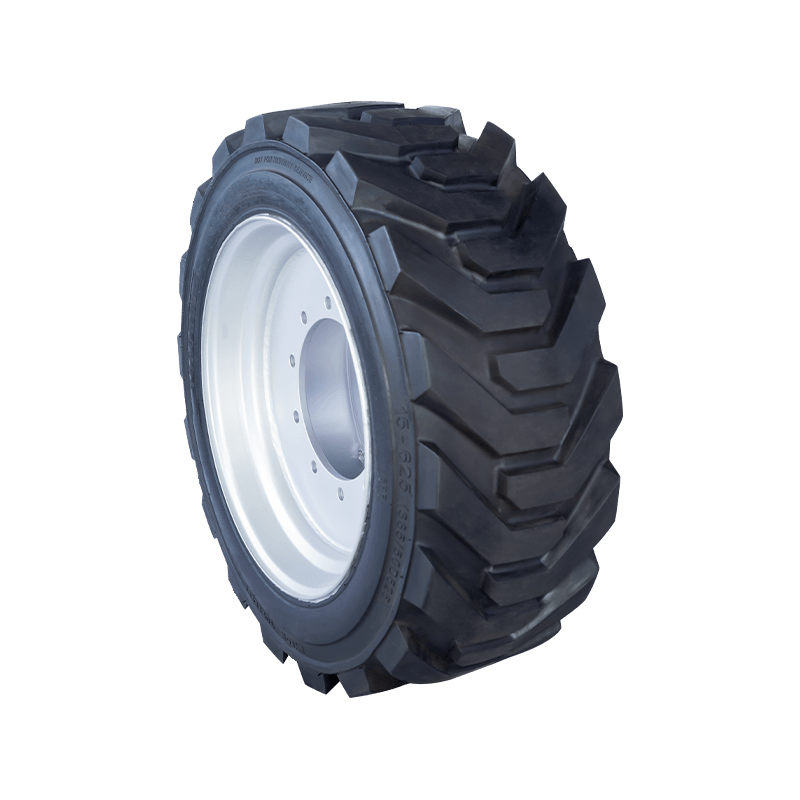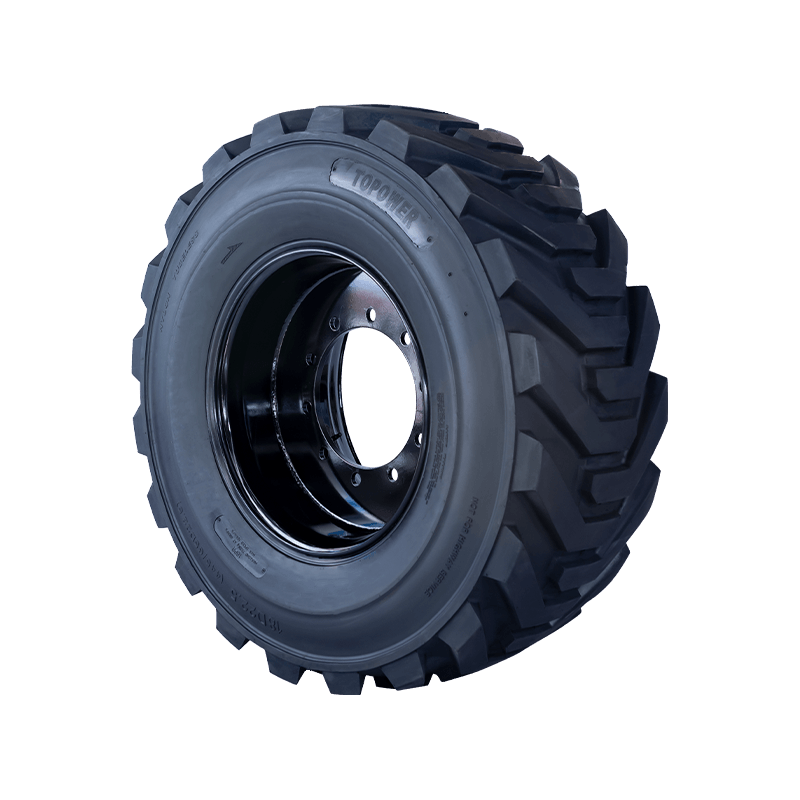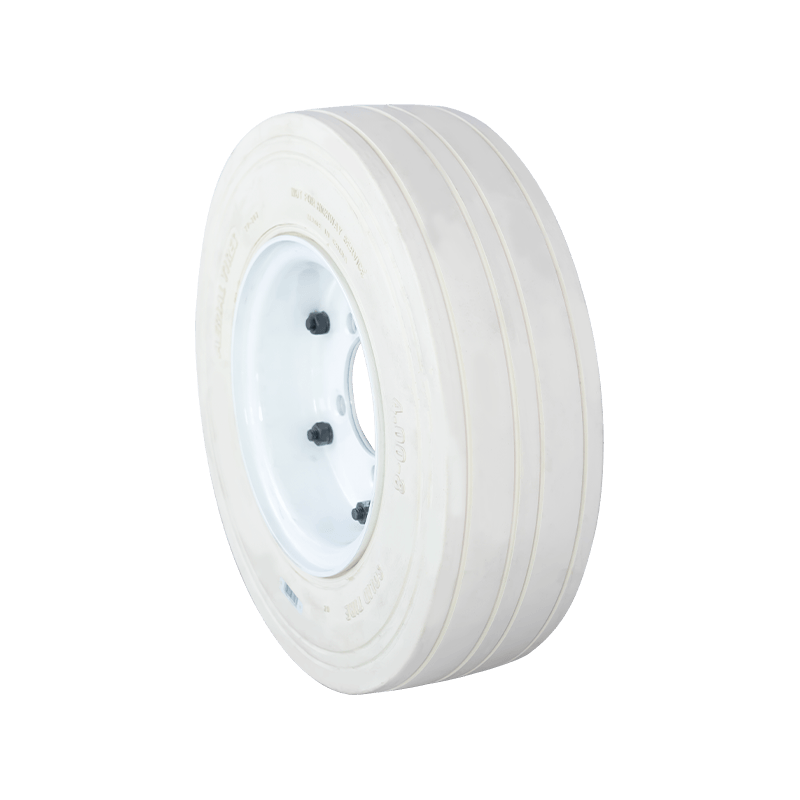In the bustling world of material handling, warehousing, and logistics, equipment downtime translates directly into financial loss. Forklifts, pallet trucks, and other industrial vehicles must operate seamlessly under heavy loads and demanding schedules. Among the unsung heroes of this efficiency-driven environment is the press-on solid tyre, a product that is quietly redefining durability, stability, and safety in industrial mobility. But can this type of tyre truly be the future of reliable warehouse and factory operations?
What Is a Press-On Solid Tyre?
Unlike pneumatic tyres filled with air, press-on solid tyres are made of resilient rubber or polyurethane compounds that are directly bonded to a steel or metal band. This construction allows the tyre to be pressed onto the wheel hub using hydraulic presses, ensuring a tight fit without the need for air pressure.
These tyres are most commonly found in electric forklifts, reach trucks, and other material-handling vehicles that operate indoors or on smooth surfaces. By eliminating the risk of punctures and blowouts, the press-on solid tyre has become a trusted choice for industries that cannot afford operational interruptions.
Why the Press-On Solid Tyre Is in Demand?
The growing adoption of press-on solid tyres is not merely a matter of preference; it is driven by a set of tangible benefits:
Unmatched Durability:
Built with dense rubber compounds, these tyres resist wear and tear far better than pneumatic tyres, especially in high-load conditions.
Low Maintenance:
No air means no flats. Maintenance requirements are minimal compared to pneumatic options, reducing downtime.
Stability and Safety:
The solid construction offers greater stability for lifting heavy loads, which is critical in environments where precision matters.
Cost Efficiency Over Time:
Although the initial price may be higher, press-on solid tyres last longer and reduce the frequency of replacements.
Eco-Friendly Options:
Some modern variants are manufactured using recyclable compounds, aligning with the growing push for sustainability in industrial equipment.
Comparing Press-On Solid Tyres with Pneumatic Tyres
To highlight their value, it’s useful to compare the press-on solid tyre with the traditional pneumatic alternative:
| Feature | Press-On Solid Tyre | Pneumatic Tyre |
| Construction | Solid rubber/polyurethane bonded to steel band | Air-filled rubber casing |
| Durability | Extremely high, resistant to wear and punctures | Lower, prone to flats and blowouts |
| Maintenance | Minimal, no air pressure checks needed | Requires regular inflation and inspection |
| Load Stability | Very stable, reduces sway under heavy loads | Less stable, risk of imbalance |
| Comfort | Less cushioning, firmer ride | More cushioning, absorbs shocks better |
| Best Applications | Warehouses, factories, smooth indoor surfaces | Outdoor use, rough or uneven terrains |
Applications Across Industries
The versatility of the press-on solid tyre makes it an integral part of multiple sectors:
Warehousing and Logistics:
In large distribution centers, forklifts running on press-on tyres ensure consistent performance without interruptions caused by punctures.
Manufacturing Plants:
Heavy loads and sharp debris are common in factories. The solid structure of these tyres guarantees resilience in such harsh conditions.
Food and Beverage Industry:
Hygiene is critical, and press-on solid tyres reduce dust generation compared to pneumatic tyres, keeping environments cleaner.
Retail and Wholesale Distribution:
Supermarkets and wholesale warehouses rely on electric pallet trucks with press-on tyres for quiet, efficient indoor mobility.
Airports and Seaports:
Equipment like baggage trolleys and cargo handlers also use these tyres for consistent performance on smooth terminal surfaces.
Engineering Advantages
The rise of the press-on solid tyre is not accidental—it is the result of engineering innovation:
Bonded Steel Ring: The steel band ensures a tight grip on the hub, reducing slippage even under intense stress.
Rubber Compounds: Specialized compounds provide the right balance of hardness and traction, extending tyre life.
Polyurethane Variants: For applications requiring lower rolling resistance, polyurethane press-on tyres offer energy savings for electric forklifts.
Heat Resistance: Some models are designed with compounds that dissipate heat, ideal for continuous operations in demanding warehouses.
Balancing Comfort and Performance
One of the criticisms often leveled against the press-on solid tyre is reduced ride comfort compared to pneumatic options. The solid construction naturally provides less cushioning, leading to a firmer ride. However, for indoor operations where surfaces are flat and smooth, this trade-off is often negligible.
In fact, the stability offered by the press-on tyre often outweighs the loss in comfort, particularly when lifting heavy loads where safety is paramount. Additionally, some advanced models now incorporate shock-absorbing layers to improve operator comfort without compromising strength.

 English
English русский
русский Español
Español عربى
عربى


